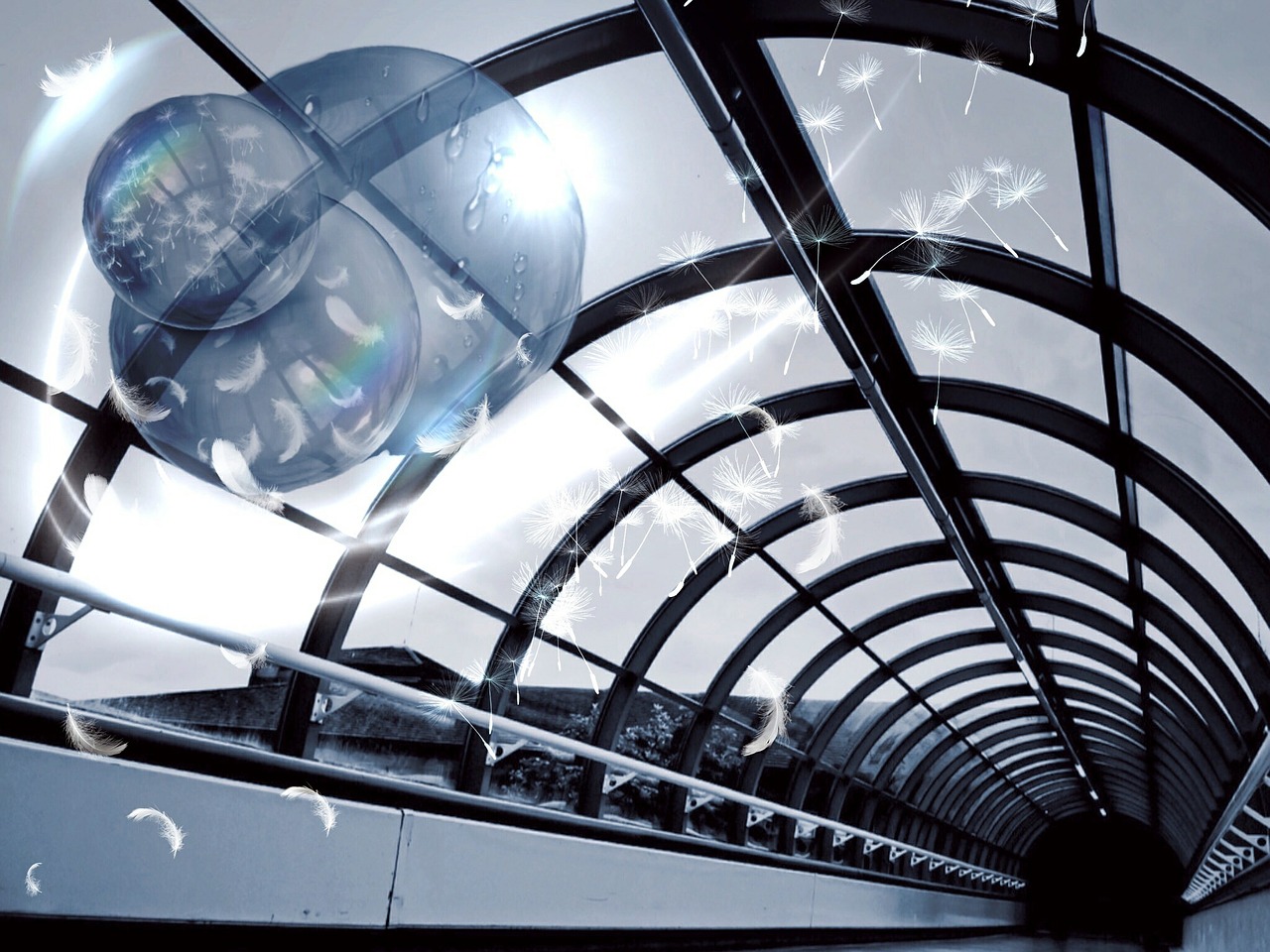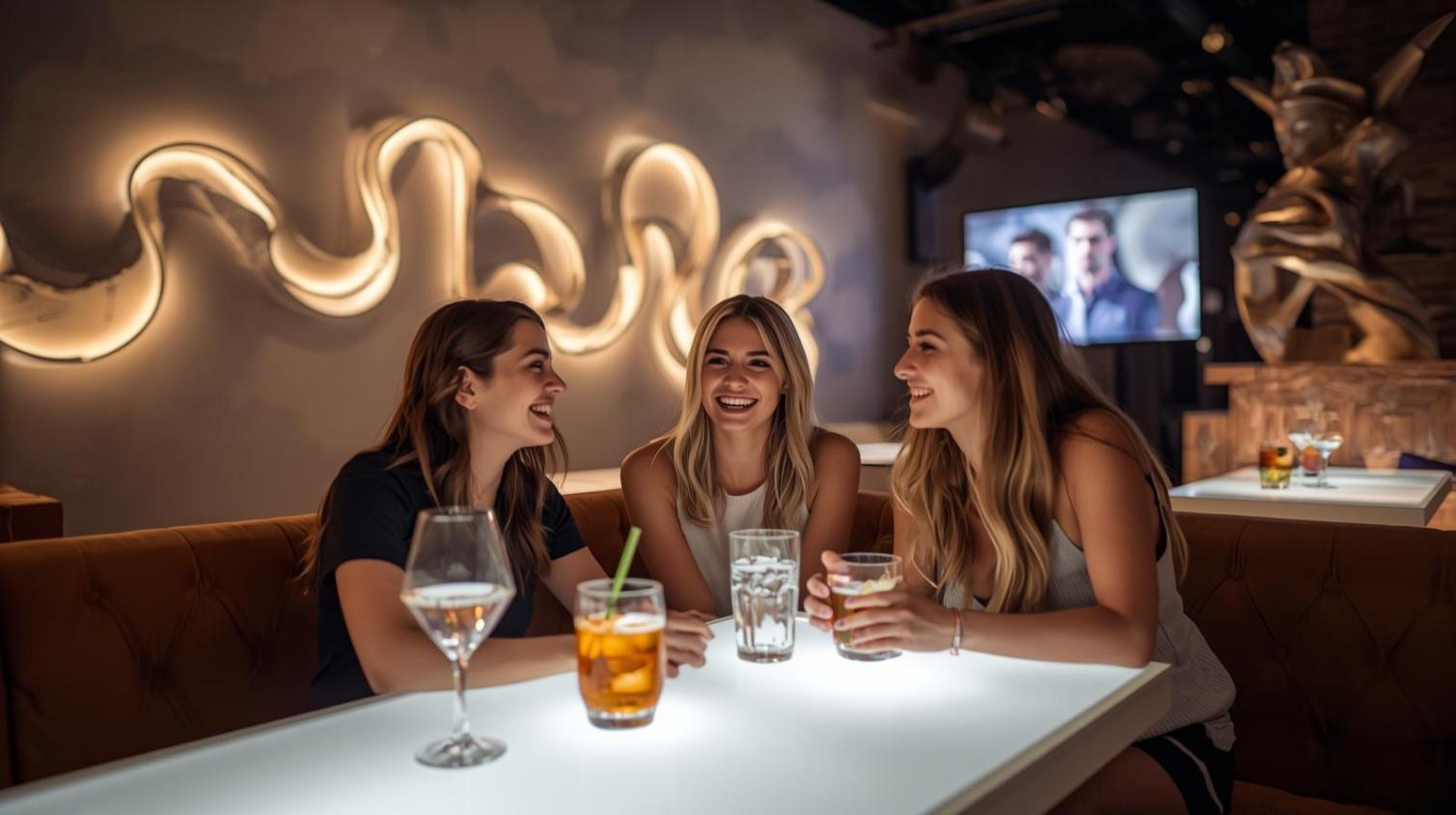When Night Turns to Canvas: How Gangnam Public Transforms Seoul’s Nightlife into Art

Located in the center of Seoul, Gangnam Public (강남퍼블릭) changes the perception of nightlife. More than just a karaoke lounge or a social club, it’s a work of art that integrates the three elements of music, design, and performance. Stepping in does not feel like entering a club but rather a gallery that combines movement, color, and connection.
The venue has unique elements that allow it to have a separate form of entertainment from the rest. The walls are composed of minimal art pieces that help and contribute to the artwork in the venue. The result is a nightlife with creative Seoulian pieces that stand even when the sun has set.
Form Of Expression In Architecture
The venue’s design of Gangnam Public is modern ‘art spaces.’ Each room is like an art exhibit that highlights the relationship to both sound and space. The private karaoke booths feel like primary micro stages and one clear performer, causing the folks watching to become performers too.
The gentle neon motifs and ambient reflections combined with the polished surfaces make the space feel as though performance art has come alive around them. The architecture not only contains people, but also actively engages with them and fosters their self-expression. It enables the creation of beautiful and memorable moments of art scattered throughout, as if the entire building is alive and guiding their movements like a body.
ALSO READ: What a Daily Dose of Words Cookie Teaches Visual Artists About Structure
Sound as the Medium
To capture the feeling of the Gangnam Public, the various pieces of music are put together as scores for movements of a performance. Playlists are like breathing organisms that shift and transform from moments of jazz interludes to electronic rhythms, capturing the digital pulse of Seoul.
The music nourishes the connective tissue, not only hovering above the patrons, serving as a silken web, but also as a conductor of emotional intersections that cascade throughout the evening. Each unique voice straining their voice to the maximum comes together to create an addition that, although it is the very spirit of Seoul, is simply an overturned glass to all the sounds around, waiting to collect the essence that is the city.
The art of karaoke is achieved through participation and the various moments captured in the moment. Unlike the other pieces of art, this contribution can be done by anybody, whether an inexperienced individual who has never stepped in front of a microphone or a seasoned, constant participant who has a number under their belt.
In this unique system that is Gangnam Public, the common threads that tie all the moments together form an unexpected dance to the music that is playing, creating a mesmerizing aesthetic.
The Cultural Ripple
In the case of Gangnam Public, the trend is emblematic of Seoul’s cradle of entertainment and art integration. Developed creative zones no longer have distinct divisions of nightclubs, galleries, and theaters. Guests come not just to relax but to participate in and witness a piece of art in motion, celebrating the fullness of the human experience.
In the case of Gangnam Public, the integration of night entertainment into a canvas is a new take on what cultural experience entails in a hypermodern city. It demonstrates the fact that inasmuch as art is not just limited to what is hung on the wall, life too is not merely what happens during the day but can also be found in the music’s beat, the pulse of the body beneath the dancing lights, and the exuberant bliss of togetherness.




